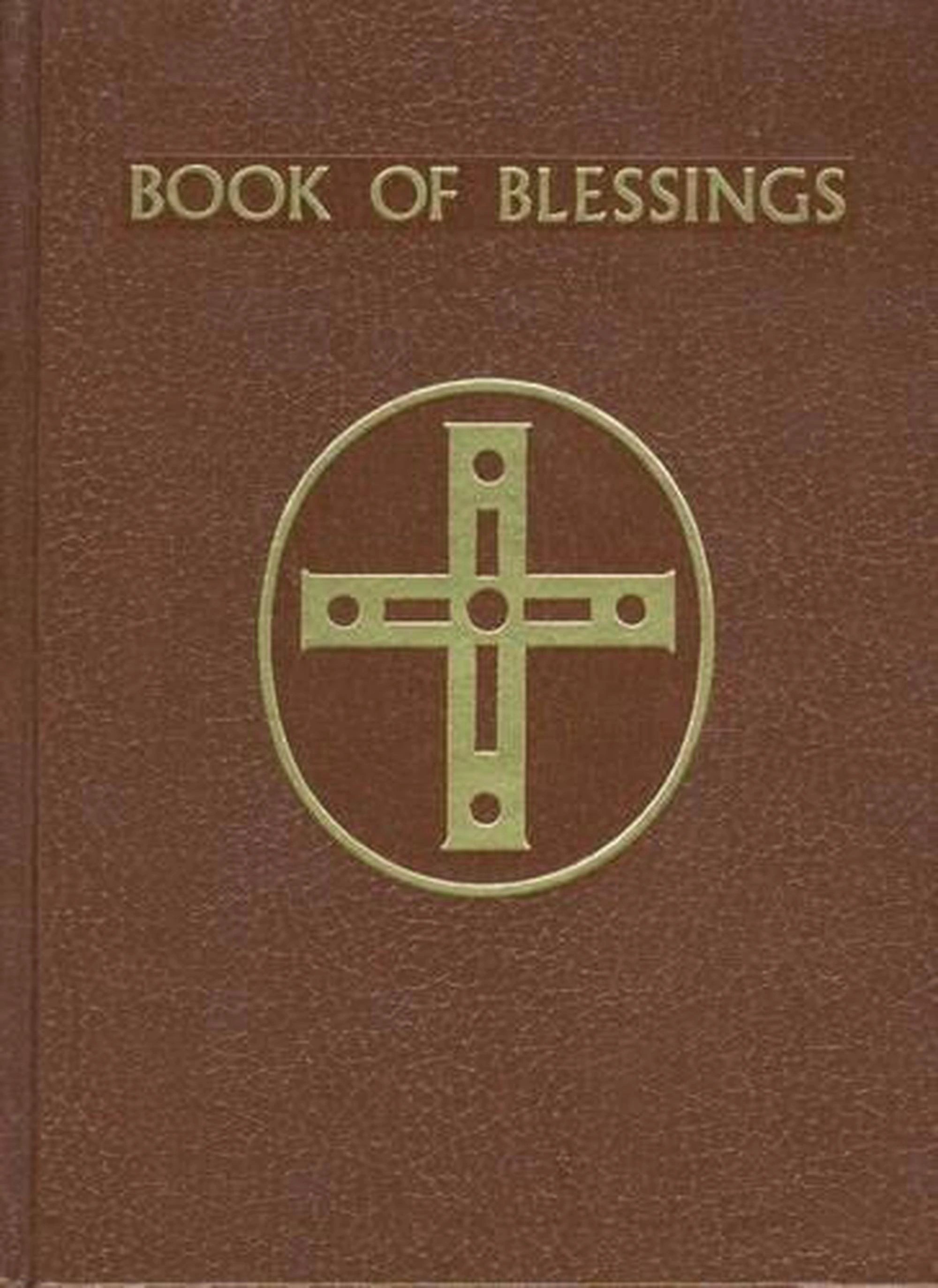Rediscovering the Book of Blessings in Parish and School Life
National Liturgical Council

Blessing the Ordinary: Rediscovering the Book of Blessings in Parish and School Life
In the life of the Church, liturgy is not reserved only for the great feasts or sacramental milestones. Through blessings, the Church marks ordinary moments with reverence and joy, helping the faithful recognise the grace that permeates daily life.
The Book of Blessings is the Church’s ritual book dedicated to this work. It contains a rich treasury of prayers and rites for blessing people, places, objects, and occasions. It is one of the most pastoral, accessible, and under-utilised liturgical resources we have. For teachers, liturgists, pastoral associates, and parish ministers, this book opens up simple yet profound ways to celebrate life, build community, and draw people to God.
What is a Blessing?
Theologically, a blessing is not a magical act or a sprinkling of divine approval. It is a liturgical sign that expresses the Church’s faith in God’s presence and power. To bless something is to invoke God’s grace upon its use.
The General Introduction to the Book of Blessings puts it this way:
“Every blessing praises God and prays for his gifts. In Christ, the Church praises the Father for his blessings, especially the gift of his Son, and prays that the Spirit will continue to pour out his gifts upon the faithful” (Book of Blessings, GI 6).
In other words, blessings are about two things: praise and petition. They recognise what is already good, and they ask that this goodness may flourish in the lives of individuals and communities.
More Than Just a Ritual Moment
Often, the word “blessing” conjures up the idea of a priest saying a few words or sprinkling holy water on an object. But the Book of Blessings invites us into something deeper. These blessings are liturgical actions rooted in Scripture, shaped by pastoral sensitivity, and designed to be celebrated in the context of real life.
There are blessings for people at significant moments:
- A couple celebrating a wedding anniversary
- Parents awaiting the birth of a child
- Students and teachers at the beginning of a school year
- Catechists and liturgical ministers being commissioned
- Those experiencing illness, grief, or transition.
There are blessings for places and objects:
- A new home
- A school or classroom
- A meeting room, hospital, or parish office
- A cross, Bible, statue, or rosary
- Tools of labour, workspaces, vehicles, or even musical instruments.
Each of these blessings is an opportunity to recognise the sacred in the everyday, to see that God is not confined to the sanctuary but present in the whole of life.
A Resource for Parish and School Life
The Book of Blessings is not just for priests or deacons. Many blessings may be led by lay people in schools, pastoral settings, or homes. This includes teachers, catechists, youth ministers, and family members. While some blessings (especially those tied to sacraments or ecclesial authority) are reserved for ordained ministers, many can be adapted for lay leadership, particularly when celebrated in non-liturgical settings.
For example:
- A teacher might lead a blessing at the beginning of each school term.
- A pastoral associate could facilitate a blessing for volunteers in a parish outreach program.
- A youth leader might bless the hands of young people heading out for service.
- A family could gather to bless a child on their birthday or before exams.
These are small moments—but liturgically celebrated, they become catechetical, formational, and deeply pastoral.
A Book Waiting to Be Used
Too often, the Book of Blessings sits on a sacristy shelf, untouched except for the occasional house blessing or commissioning ritual. But in an era when people hunger for meaning, connection, and reassurance of God’s nearness, this book offers something timely and true.
Blessings offer a way of gently accompanying people through transitions, celebrations, anxieties, and joys. They require very little preparation, but their pastoral effect can be deep. They build community. They lift hearts. They remind us of what we already believe: that the world is charged with the grandeur of God.
Moving Forward
If your parish, school, or ministry has not yet made full use of the Book of Blessings, perhaps now is the time to open it again. Explore the indexes. Read the introductions. Choose one or two moments to begin with.
You don’t need to do everything at once. Begin small. Bless often. Trust that these simple rites will do their work.
Because when the Church blesses, it gives voice to our conviction that that God is with us. That grace is real. And that every part of life is imbued with holiness.
